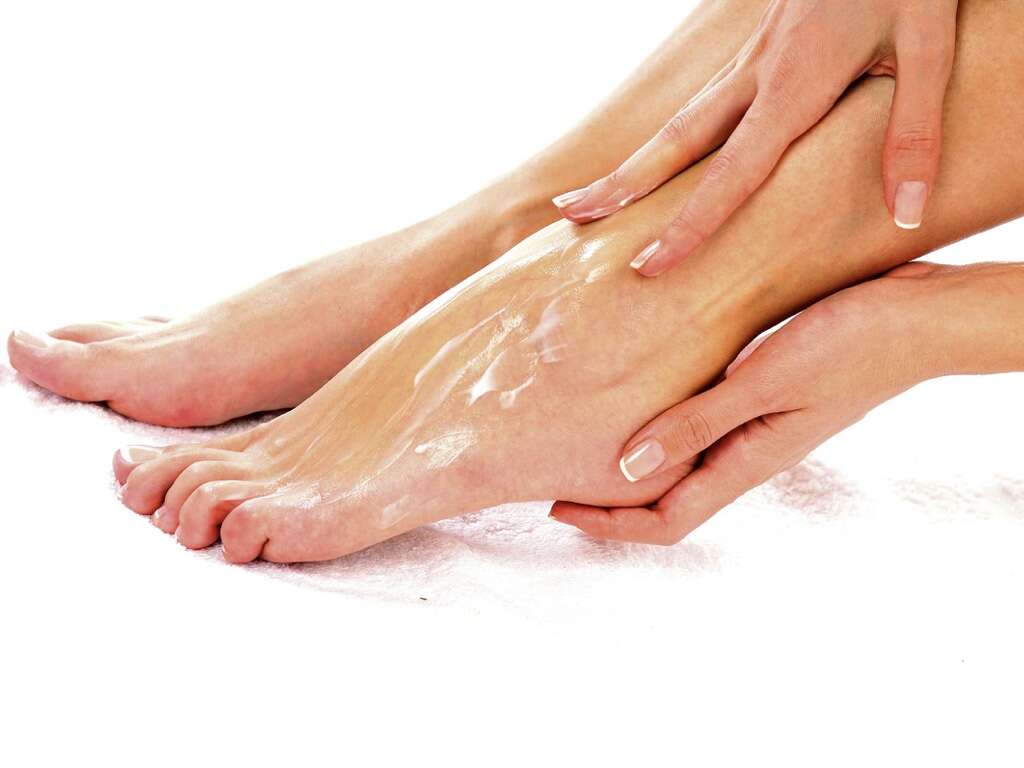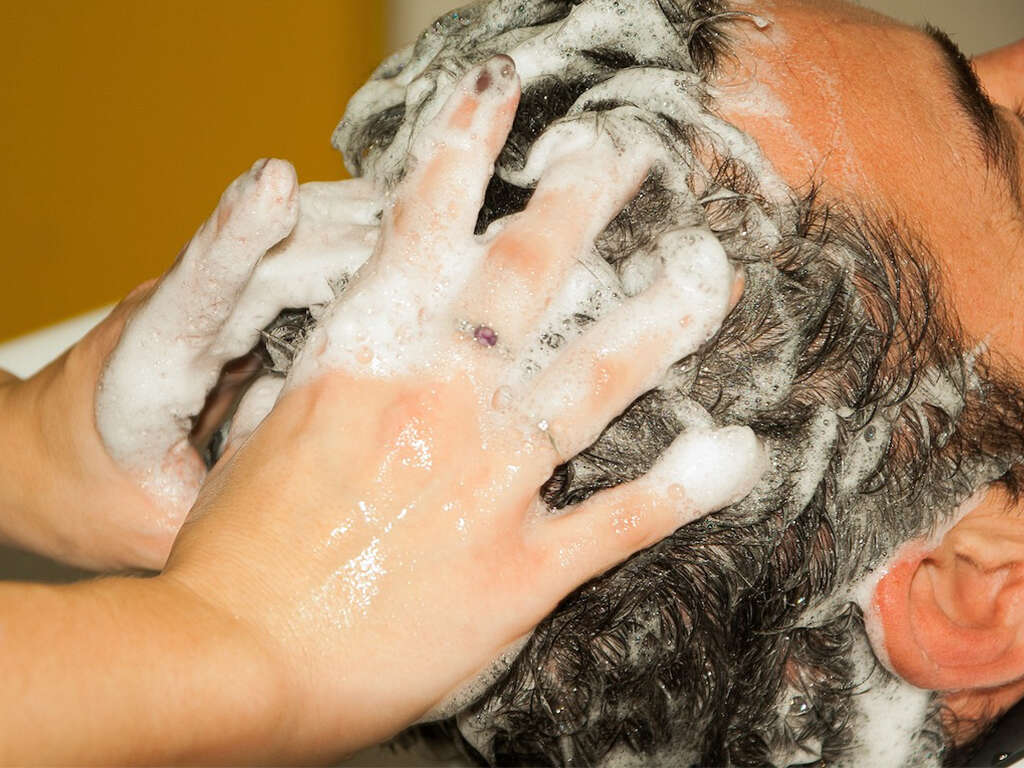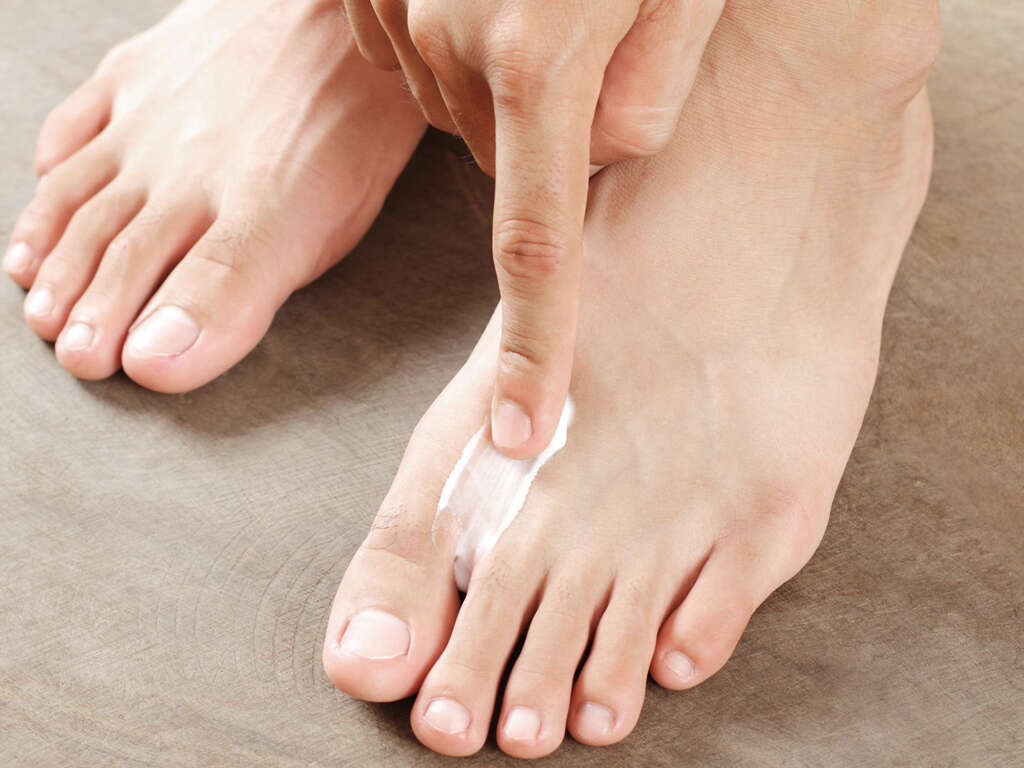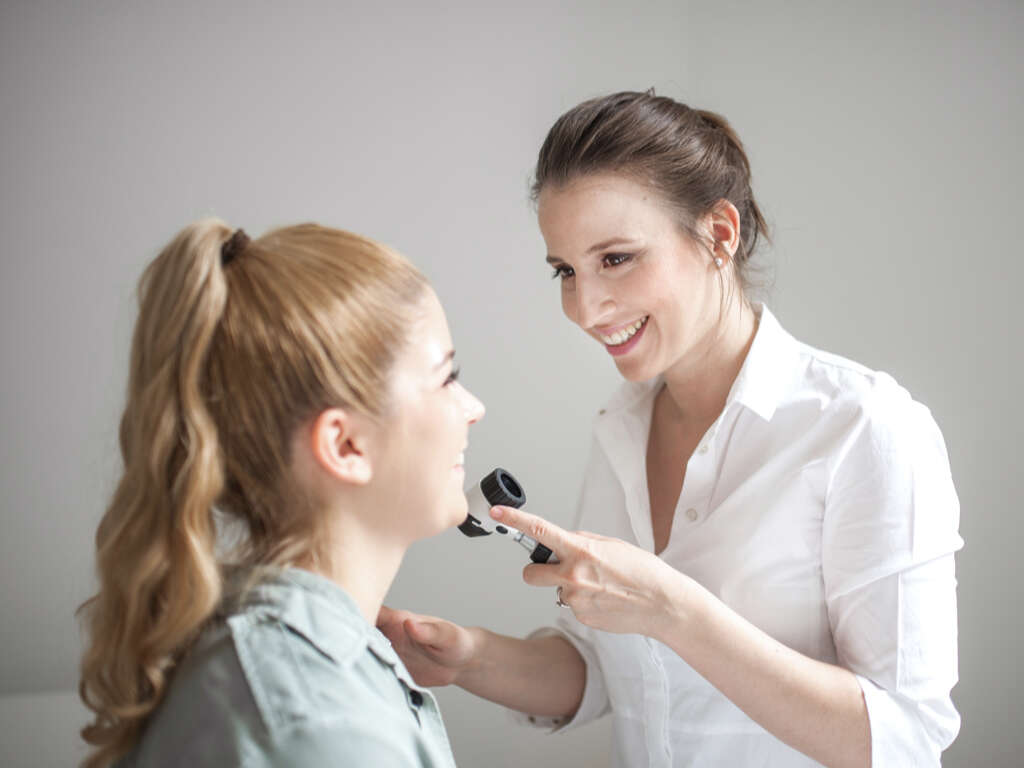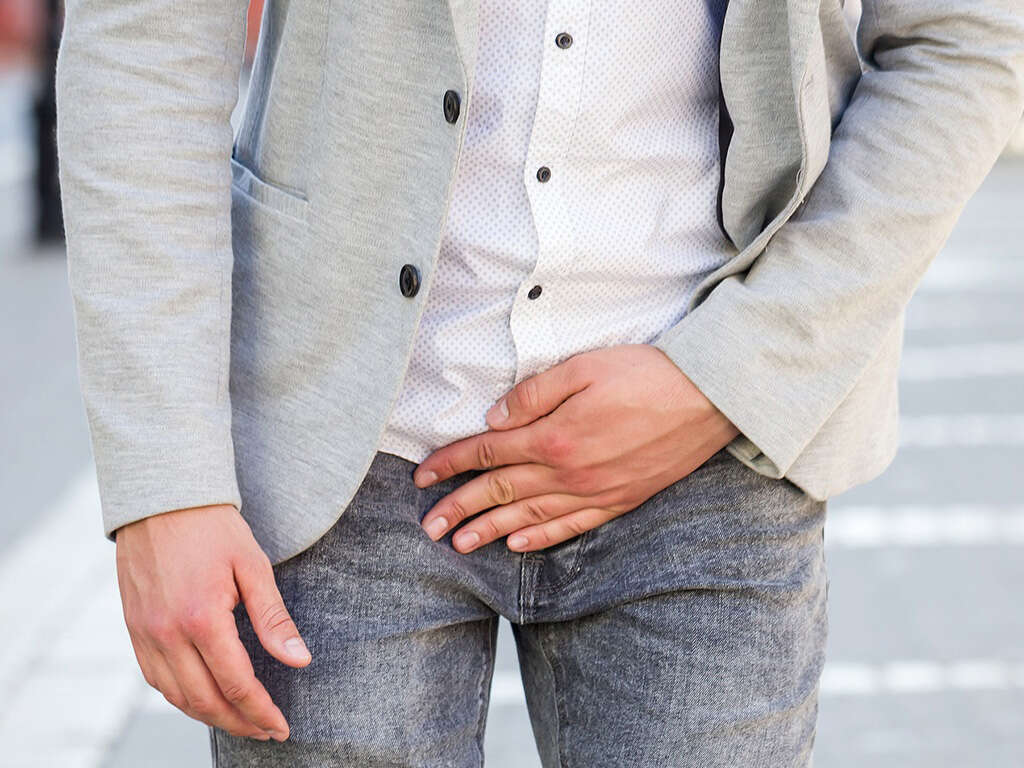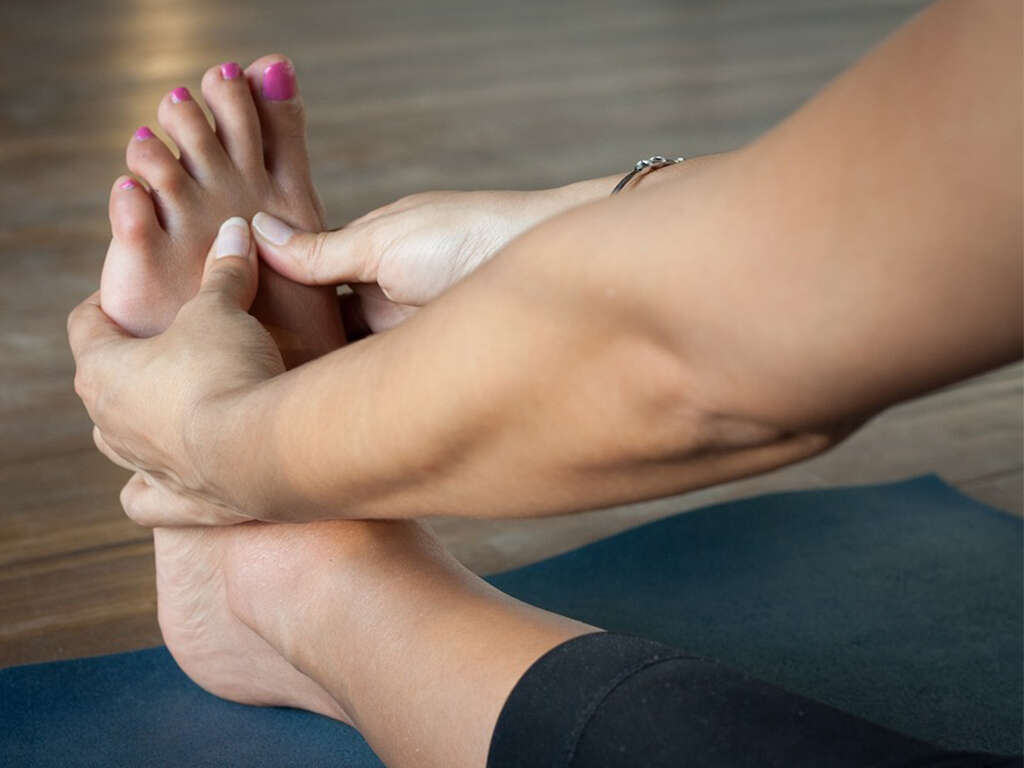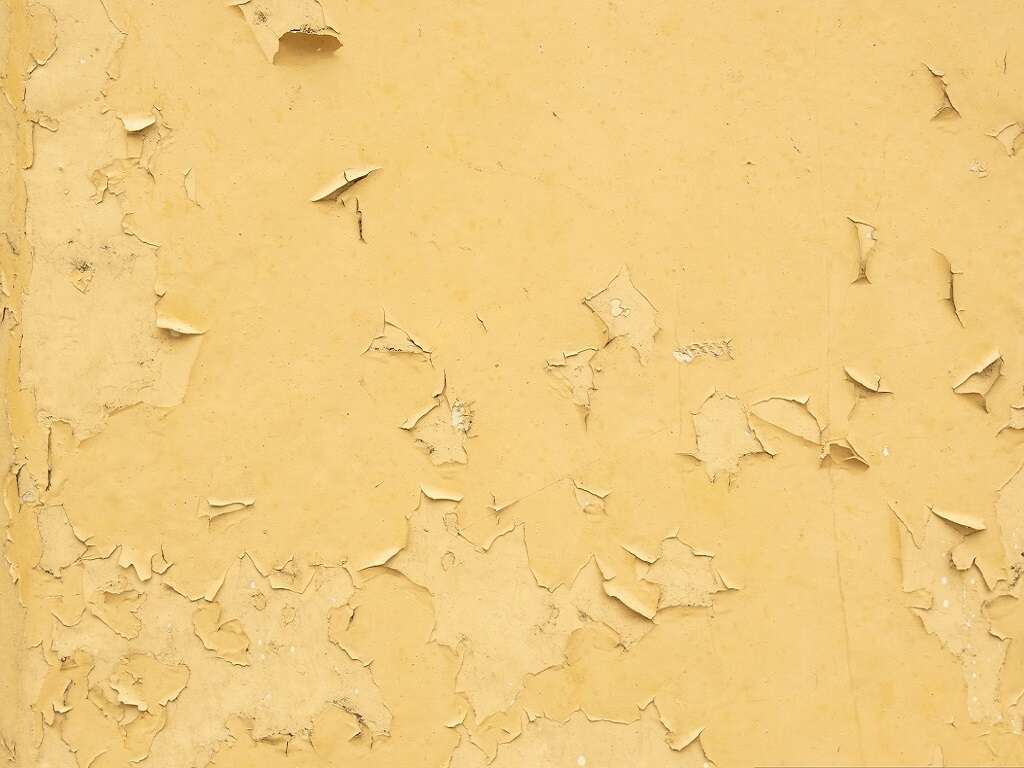Athlete's Foot Causes, Remedies & More
 Article Sources
Article Sources
- 1. M;, Havlickova B;Czaika VA;Friedrich. 'Epidemiological Trends in Skin Mycoses Worldwide.' Mycoses, U.S. National Library of Medicine, pubmed.ncbi.nlm.nih.gov/18783559/.
- 2. Al Hasan, Muhannad, et al. 'Dermatology for the Practicing Allergist: Tinea Pedis and Its Complications.' Clinical and Molecular Allergy : CMA, BioMed Central, 29 Mar. 2004, www.ncbi.nlm.nih.gov/pmc/articles/PMC419368/.
- 3. Homei, Aya. 'Athlete's Foot.' Fungal Disease in Britain and the United States, Mycoses and Modernity'., U.S. National Library of Medicine, 1 Jan. 1970, www.ncbi.nlm.nih.gov/books/NBK169220/.
9. When to See a Doctor
Certain conditions, such as eczema and psoriasis can also look like cases of athlete's foot. They also share similar irritation and itching symptoms. So a foot rash that doesn't improve after two weeks of treatment may be worth a doctor's visit.
In certain people, the bleeding skin poses a risk of bacterial infection. The most serious of these is cellulitis. People with diabetes or compromised immune systems should take athlete's foot seriously and inform their healthcare provider.
Advertisement



